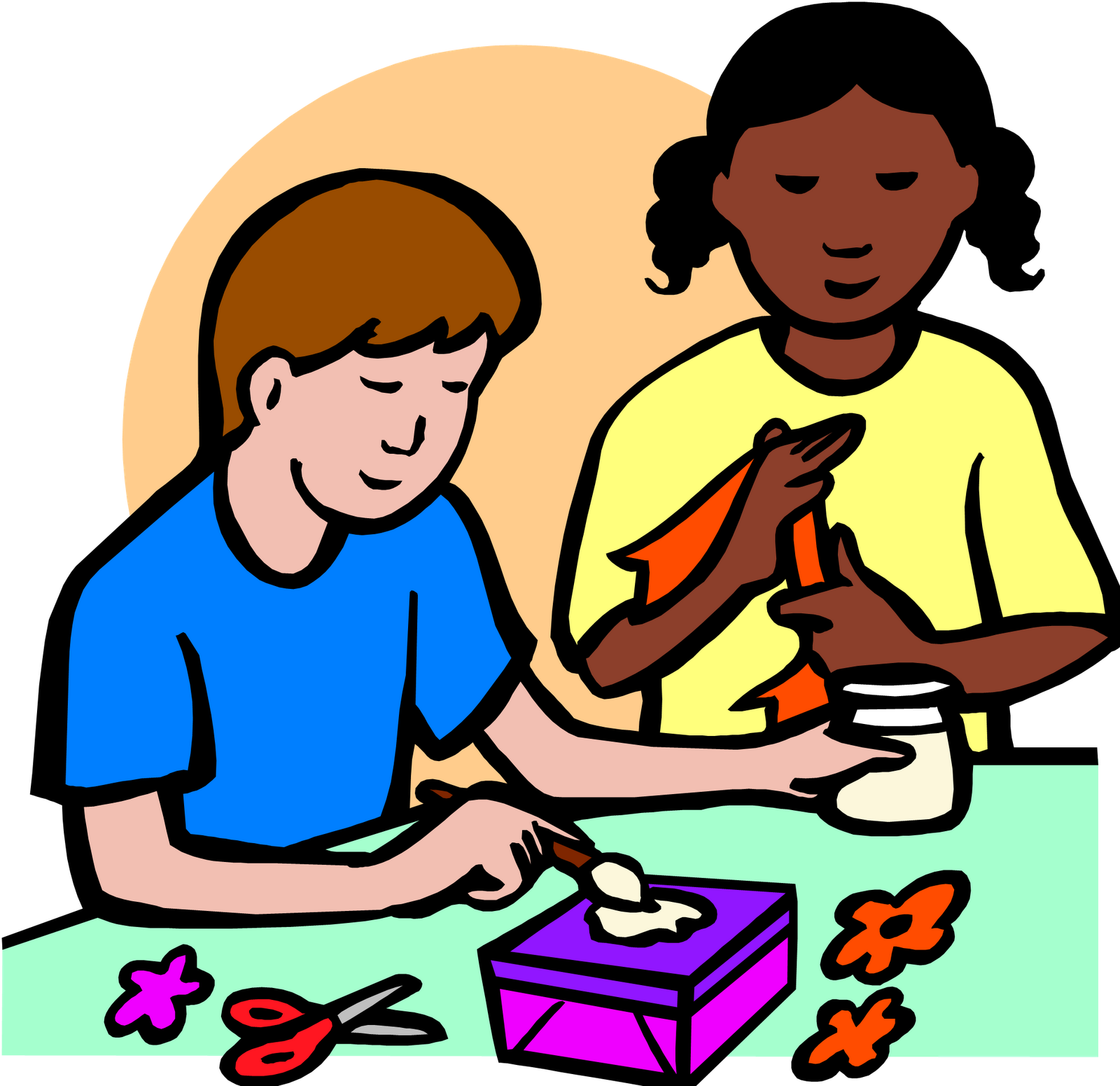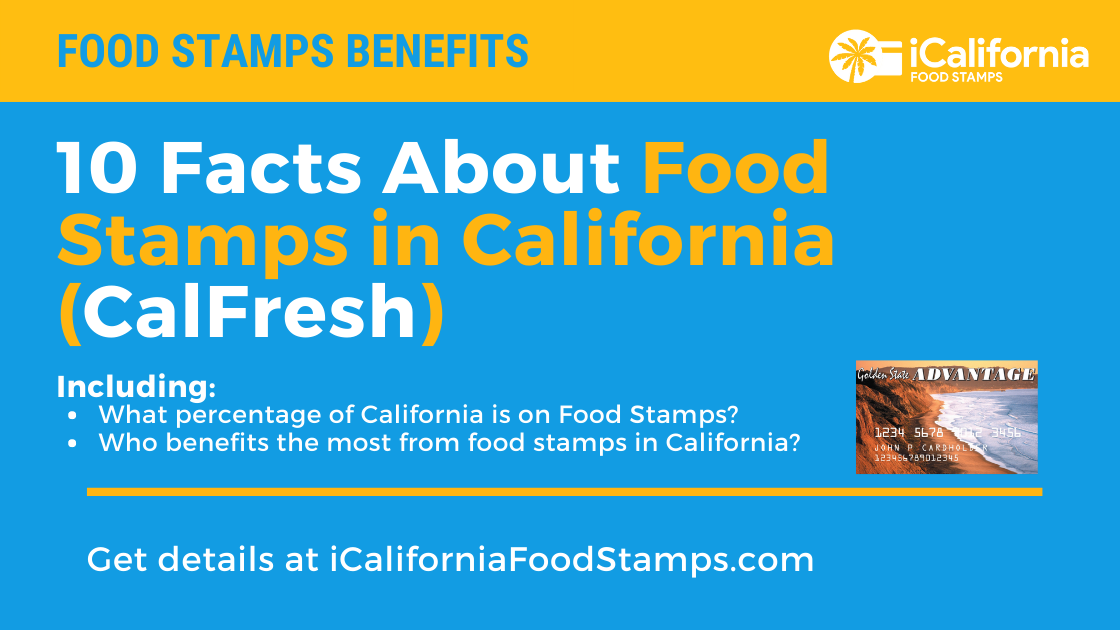Create Effective Homemade Flower Food: Step-by-Step Guide for Long-Lasting Freshness
Introduction: The Importance of Flower Food
Anyone who enjoys fresh cut flowers knows how quickly a beautiful arrangement can start to wilt. Whether you buy bouquets or pick blooms from your garden, extending their vase life is a top priority. Flower food is a simple, science-backed solution to keep blossoms vibrant for days longer. Commercial packets are widely available, but homemade options are just as effective-and often more affordable. This guide offers a comprehensive look at how to make flower food at home, why each ingredient matters, and how to maximize the freshness of your arrangements with proven methods.
Understanding How Flower Food Works
Flower food typically contains three essential ingredients: sugar, an acid (such as lemon juice or vinegar), and a disinfectant (like bleach). Each component serves a specific role:
- Sugar provides energy to the cut flowers, supporting their metabolic processes and helping blooms open fully. Cut flowers no longer photosynthesize, so adding sugar mimics natural plant nutrition [2] .
- Acid (lemon juice or vinegar) lowers the water’s pH, which improves water uptake and reduces air bubbles in stems. It also inhibits bacterial growth [1] .
- Disinfectant (a small amount of bleach or apple cider vinegar) prevents the growth of bacteria and fungi, which can clog stems and speed up wilting [3] .
Research and real-world experience both support this combination for extending the life of cut flowers. Using household ingredients allows you to control the mix and adapt it for different flower types or household needs.
Essential Ingredients for Homemade Flower Food
You can make effective flower food using items commonly found in your kitchen. The most widely recommended recipe includes:
- 1 quart (about 1 liter) warm water
- 2 tablespoons granulated sugar
- 2 tablespoons lemon juice (or white vinegar)
- 1/2 teaspoon household bleach (or substitute with apple cider vinegar for a natural option)
This combination supports flower hydration, nutrition, and protection against bacteria. Adjust measurements proportionally for smaller or larger vases [1] .
Step-by-Step Guide to Making Flower Food
- Clean Your Vase Thoroughly Wash your vase with warm, soapy water and rinse it well. Leftover residue or bacteria from previous arrangements can reduce the effectiveness of your flower food and cause premature wilting [2] .
- Mix the Solution In a clean container, combine warm water, sugar, and lemon juice or vinegar. Stir until the sugar is completely dissolved. Add the bleach or apple cider vinegar last, mixing gently. Always use precise measurements for bleach; too much can damage flowers [1] .
- Prepare the Flowers Trim stems at a 45-degree angle under running water. This increases the surface area for water uptake and prevents air from entering the stems. Remove any leaves that would sit below the waterline to reduce bacterial growth [3] .
- Arrange and Maintain Place your prepared flowers in the vase filled with the homemade solution. Keep the arrangement out of direct sunlight and away from heat sources or drafts. Replace the solution every two to three days, and trim stems slightly each time to maintain water uptake.
Why Each Ingredient Matters: The Science Explained
Understanding the role of each ingredient helps you adapt flower food recipes for different needs:

Source: semprebem.paguemenos.com.br
- Sugar is crucial for blooms that continue to open after being cut, like lilies and roses. It provides the carbohydrates they need. However, too much sugar can promote bacterial growth, so accurate measurements are important [2] .
- Lemon Juice or Vinegar lowers the pH and helps keep stems clear. Some recipes use only vinegar, and both acids are effective. If you are sensitive to strong scents, lemon juice can be a milder alternative [1] .
- Bleach is a powerful disinfectant, but only a tiny amount should be used. For those preferring natural alternatives, apple cider vinegar offers some antibacterial benefits, though not as strong as bleach [3] .
Alternative Homemade Flower Food Recipes
While the standard recipe is highly effective, there are variations for specific preferences and needs. For example, some sources recommend using equal parts sugar and vinegar for a simple solution [4] . Others suggest omitting bleach entirely and relying on extra vinegar or lemon juice for antimicrobial action, especially if you want a more natural approach.
For a smaller vase or delicate flowers, you can use:
- 1 tablespoon sugar
- 1 dessertspoon vinegar
- 1-2 drops bleach
- 400-500 ml water
Always adjust ingredient amounts proportionally, and never exceed recommended bleach quantities for safety [3] .
Best Practices for Maximum Freshness
Homemade flower food works best when combined with proper flower care. Here are expert tips for best results:
- Change the water and solution every two to three days. Replace with fresh homemade flower food each time.
- Trim stems slightly at each water change. This prevents the ends from sealing and improves water uptake.
- Remove any wilted flowers or leaves promptly to reduce bacteria in the vase.
- Display arrangements in a cool location, away from direct sunlight and fruit (which emits ethylene gas that speeds wilting).
By following these practices, you can extend the life of your flowers well beyond what’s possible with plain water alone [2] .
Potential Challenges and How to Solve Them
While homemade flower food is effective, some users experience challenges such as cloudy water, unpleasant odors, or flowers wilting faster than expected. Here’s how to address common problems:

Source: glamour.globo.com
- If the water becomes cloudy or smells, increase the frequency of water changes and ensure all leaves below the waterline are removed.
- If flowers wilt quickly, check the stem cuts and recut them at a sharp angle. Make sure the vase is scrupulously clean before each use.
- If you accidentally add too much bleach, discard the solution and start over with precise measurements. Excess bleach can harm flowers.
Experimenting with ingredient proportions, especially sugar and acid, can help optimize results for your specific flower types.
Alternative Approaches and Commercial Options
If you prefer not to make your own, commercial flower food packets are available at most florists and grocery stores. These contain similar ingredients in pre-measured amounts. For those seeking more natural methods, simply using fresh water and changing it daily can prolong flower life, though not as effectively as solutions that include sugar and acid [3] .
Some people add a few drops of clear soda (like lemon-lime) for sugar, though this is less precise. Experimenting with different recipes and documenting results can help you find the best solution for your needs.
Key Takeaways
Homemade flower food is a simple, effective way to extend the life of cut flowers using household ingredients. By understanding the role of each ingredient, following precise measurements, and practicing good flower care, you can maximize the beauty and longevity of your arrangements. Always use caution with disinfectants, and adjust recipes as needed for your preferences and flower types. For more ideas and in-depth guidance, you can search for reputable floristry blogs and extension office resources.



